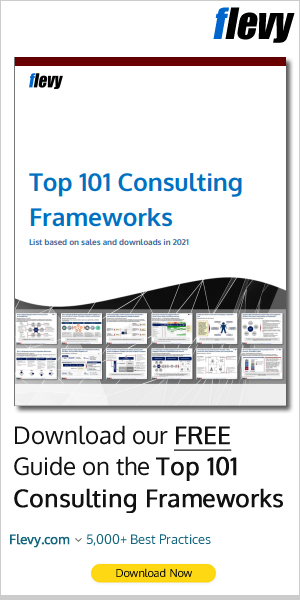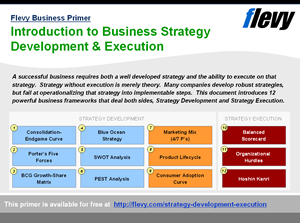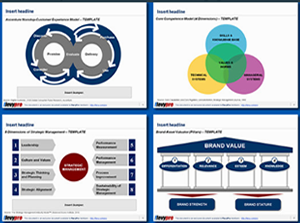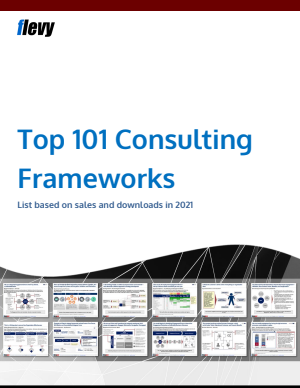Boosting employee motivation and engagement levels is a constant struggle for executives. Technical and analytical competence has long dominated management focus, but scholars and executives now acknowledge the significant impact of emotions and opinions on corporate behavior. However, connecting emotions to performance goals still remains a challenge for most organizations. Leaders must go beyond merely creating […]
Archive | Organization, Change, & HR RSS feed for this section

4 Zones of Organizational Energy

Organizational DNA: The 4 Building Blocks to Effective Execution
The most resilient and consistently successful companies have discovered that the devil is in the details of the organization. No company may ever totally master the enigma of execution. But for them organizing to execute has truly become a competitive edge. Execution only becomes effective when the company’s DNA is holistically integrated. This means weaving […]

4 Strategies of Change Management
Almost every organization has to go through the process of radical change at some point in its lifetime to survive and to remain relevant, because the business environment is constantly changing and evolving. Change Management, also referred to as Organizational Change or Organizational Change Management, is the process of implementing new policies, processes, or structures […]

Consulting Workshop Series 101: Tools to Generating Effective and Innovative Ideas
Whether the focus is a strategy, operations, tax, finance, HR, or IT, management consulting firms have become a staple of corporate life. From defining strategic directions to simply serving as an additional pair of hands for outsourced work, management consultants have become inextricably linked to the success of most large organizations. However, festering underneath the […]

7 Principles of Business Process Reengineering (BPR)
With the advancement in technology, the usual emphasis on cost, growth, and control has been replaced by a laser focus on Innovation, Customer Service, Quality, and Employee Empowerment. Obsolete business processes, disjointed organizations, fragmented work routines, and complex performance management mechanisms in traditional firms have not been able to cope with the revolutionary business models […]

The 5 Building Blocks to Developing a Learning Organization
Organizations need to persistently improve the way they do business to staying ahead of the curve. New ideas trigger organizational improvement and build the foundation of a Learning Organization. Scholars have defined a Learning Organization in many different ways. Some suggest it as an organization skilled at creating, acquiring, and transferring knowledge, and at modifying […]
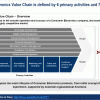
Consumer Electronics Industry Value Chain: Deep Dive
The Consumer Electronics industry is a dynamic and rapidly evolving sector that touches nearly every aspect of modern life. From smartphones and tablets to smart home devices and wearables, consumer electronics are integral to communication, entertainment, and everyday convenience. According to Deloitte, the global consumer electronics market is projected to grow at a CAGR of […]

Cultural Intelligence (CQ) Primer
Cultural Intelligence (CQ) is becoming increasingly crucial for organizations operating in a globalized market. This competency enables individuals to navigate and manage cross-cultural interactions effectively, transforming cultural diversity into a strategic organizational advantage. In this primer on CQ, we explore its core elements and the inherent benefits it offers to organizations, alongside a detailed examination […]

Stacey Matrix
Today’s rapidly evolving business landscape is marked by an unprecedented level of complexity and uncertainty, necessitating tools and frameworks that enable leaders to navigate these challenges effectively. The Stacey Matrix, developed by Ralph Douglas Stacey, stands out as a pivotal instrument in this regard, offering a nuanced understanding of the dynamics at play in organizational […]

Cracking the Consulting Code: Top 10 Customer-centric Design (CCD) Frameworks
Business frameworks and methodologies are structured tools to approach complex, but common business challenges. They allow us to cut through noise, zero in on the key issues, and facilitate the development of insightful recommendations. The importance and usefulness of business frameworks in the consulting world—especially among the global strategy firms—cannot be overstated. For consulting firms, […]

Cracking the Consulting Code: Top 10 Organizational Culture Frameworks
Business frameworks and methodologies are structured tools to approach complex, but common business challenges. They allow us to cut through noise, zero in on the key issues, and facilitate the development of insightful recommendations. The importance and usefulness of business frameworks in the consulting world—especially among the global strategy firms—cannot be overstated. For consulting firms, […]

Cracking the Consulting Code: Top 10 Organizational Design Frameworks
Business frameworks and methodologies are structured tools to approach complex, but common business challenges. They allow us to cut through noise, zero in on the key issues, and facilitate the development of insightful recommendations. The importance and usefulness of business frameworks in the consulting world—especially among the global strategy firms—cannot be overstated. For consulting firms, […]

